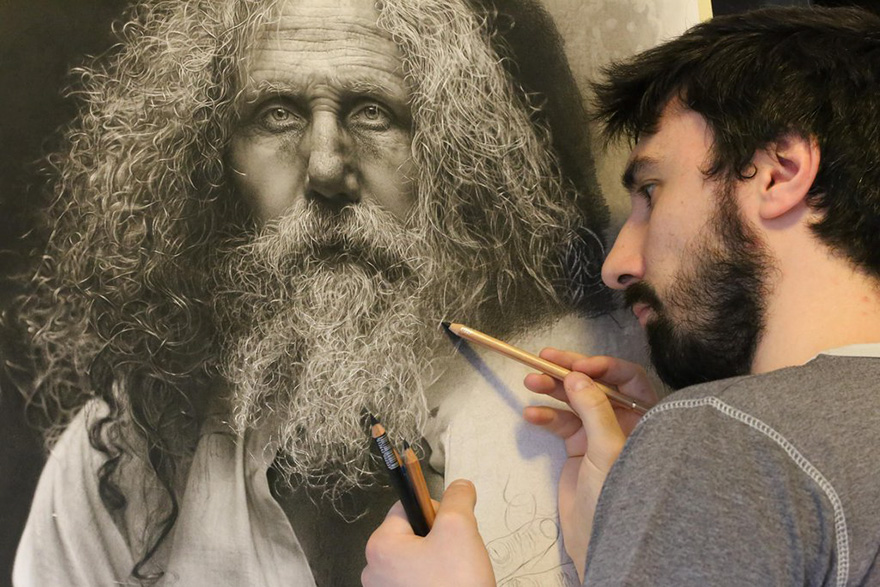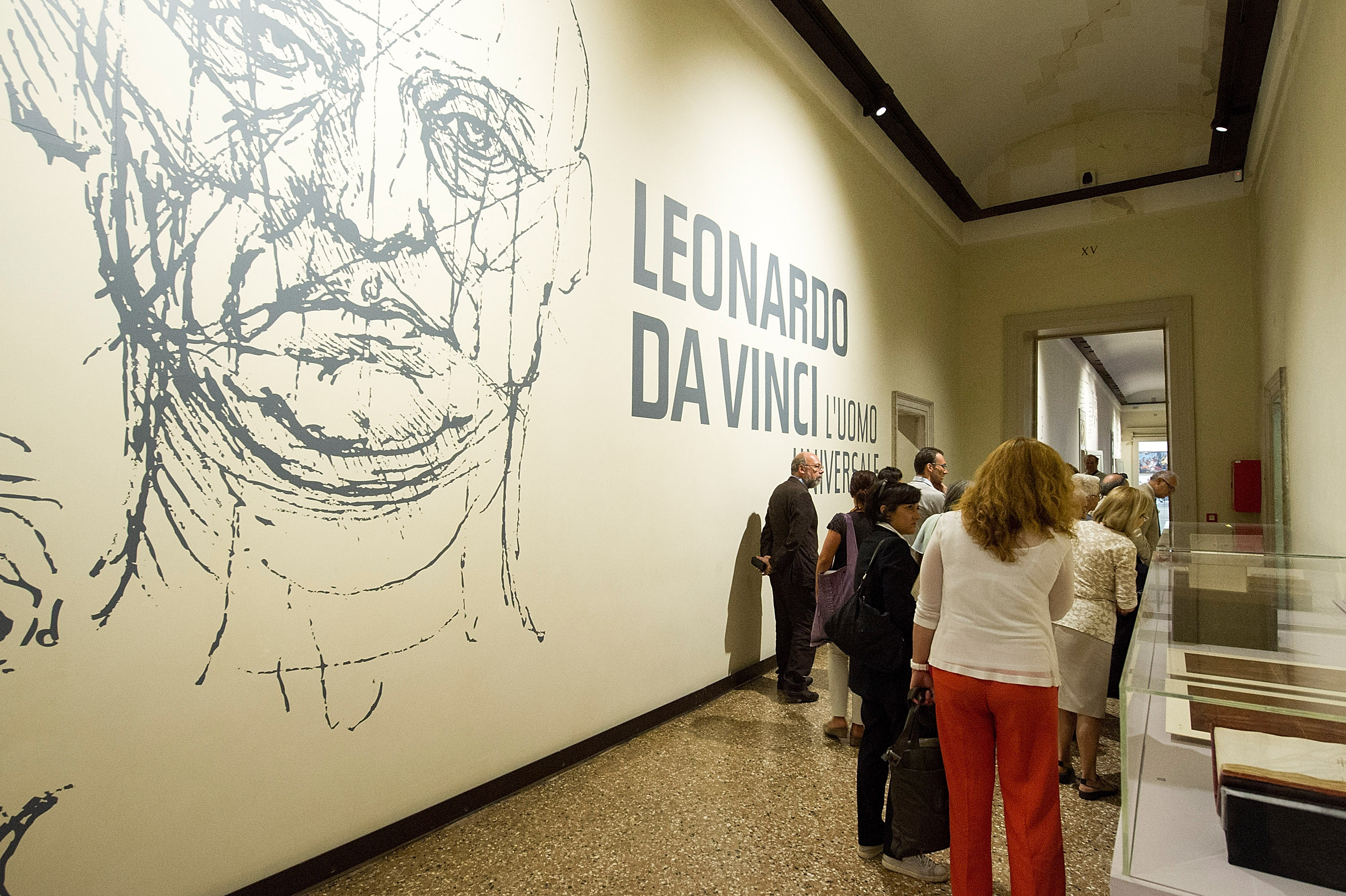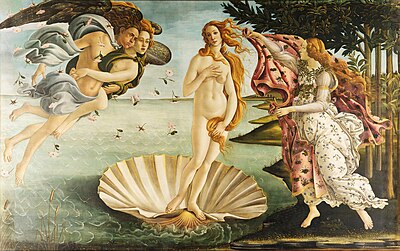The Renaissance, a period of cultural and artistic rebirth in Europe, spanned from the 14th to the 17th century. During this time, numerous advancements were made in various fields, including literature, science, and art. It was a time of great innovation and creativity, as artists sought to revive the classical ideals of ancient Greece and Rome. The techniques developed during the Renaissance continue to influence and inspire artists to this day.
In this article, we will delve into the world of Renaissance art techniques and uncover the secrets of the old masters. We will explore the various techniques used by Renaissance artists, their significance, and how they have shaped the way we perceive and create art today.
Linear Perspective

One of the most significant advancements of the Renaissance was the development of linear perspective, a geometric technique that allowed artists to create the illusion of depth on a flat surface. Prior to the Renaissance, artists mainly relied on intuitive methods to represent space and depth in their works. However, with the rediscovery of ancient Greek and Roman art, there was a renewed interest in accurately depicting three-dimensional space.
Filippo Brunelleschi, an Italian architect, is widely credited as the father of perspective. He devised a mathematical system based on vanishing points, where parallel lines converge at a single point in the distance. This system, combined with the use of orthogonal and parallel lines, enabled artists to create accurate depictions of three-dimensional space.
The Significance of Linear Perspective
The introduction of linear perspective revolutionized the way art was created and experienced. It allowed artists to create realistic and lifelike representations of the world around them. By using a single vanishing point, they could create the illusion of depth and make their paintings appear more natural and three-dimensional.
Linear perspective also gave artists greater control over the composition of their works. They could carefully plan and arrange the elements in their paintings, leading the viewer’s eye to the focal point and creating a sense of balance and harmony. This technique was particularly useful in large-scale works, such as frescoes and murals, where the artist had to consider the viewing angle and the spatial relationship between the viewer and the painting.
How to Create Linear Perspective
To create linear perspective, artists use two main elements: the horizon line and the vanishing point. The horizon line represents the viewer’s eye level and is typically placed towards the top of the canvas. The vanishing point is where all parallel lines appear to converge. By plotting this point on the horizon line and drawing orthogonal lines from it, artists can create the illusion of depth and distance in their paintings.
Using this technique requires an understanding of geometry and mathematical principles. Artists would often use tools such as rulers and compasses to create precise and accurate perspectives. However, some artists, like Leonardo da Vinci, were able to create convincing perspectives without using mathematical formulas. Instead, they relied on their observational skills and a keen understanding of human perception.
Atmospheric Perspective

Closely related to linear perspective is atmospheric perspective, also known as aerial perspective. This technique simulates the effects of the atmosphere on distant objects. In a landscape painting, for instance, distant mountains appear hazy and blue, while objects in the foreground are more sharply defined and saturated in color.
Atmospheric perspective is based on the principle that objects become less distinct and bluer as they recede into the distance. This is due to the various layers of air and moisture between the viewer and the object, which reduce the contrast and saturation of colors.
The Role of Atmosphere in Creating Depth
Atmospheric perspective plays a crucial role in creating depth and distance in paintings. By using this technique, artists can create a sense of scale and give the viewer a feeling of being immersed in the scene. The contrast between the sharply defined objects in the foreground and the hazy ones in the background adds to the overall realism of the painting.
Additionally, atmospheric perspective can also be used to convey mood and atmosphere in a painting. A landscape with a misty, blue hue can evoke a sense of tranquility and stillness, while a landscape with more saturated colors can feel vibrant and lively.
Creating Atmospheric Perspective
To create atmospheric perspective, artists use a variety of techniques such as color, tone, and texture. As mentioned earlier, objects become less distinct and bluer as they recede into the distance. Therefore, artists often use cooler and bluer tones for distant objects and warmer and more saturated tones for those in the foreground.
Artists may also use different techniques to create the illusion of depth, such as varying levels of detail, size, and texture. Objects in the foreground are usually larger and have more detail, while those in the background are smaller and have less detail. This creates a sense of scale and reinforces the illusion of depth.
In addition to using color and detail, artists can also use various brushstrokes and blending techniques to achieve atmospheric perspective. By using softer and more diffuse brushstrokes for distant objects, artists can create a sense of haze and depth. They may also use glazing techniques, where transparent layers of paint are applied on top of each other, to create a sense of distance and atmosphere.
Chiaroscuro
Chiaroscuro, an Italian term meaning “light-dark,” is a painting technique that uses strong contrasts of light and dark to create a sense of depth, dimension, and drama. This technique was popularized during the Renaissance by artists such as Leonardo da Vinci, Caravaggio, and Rembrandt.
Chiaroscuro relies on the interplay between light and shadow to create a sense of form and volume in a painting. By using bold contrasts of light and dark, artists can create a sense of depth and three-dimensionality, even on a flat surface. This technique also adds an element of drama and intensity to a painting, making it more visually striking and engaging.
The Significance of Chiaroscuro
The use of chiaroscuro was a major departure from the flat and two-dimensional style of painting that was prevalent before the Renaissance. It allowed artists to add a sense of realism and naturalism to their works, creating the illusion of figures and objects existing in real space and time. With this technique, artists could give their subjects a sense of weight and solidity, making them more lifelike and relatable.
Chiaroscuro also played a vital role in creating a sense of drama and emotion in paintings. The play of light and shadow could evoke a range of moods and atmospheres, from the serene and tranquil to the intense and dramatic. Artists could use this technique to highlight specific aspects of their compositions, leading the viewer’s eye to the focal point and creating a sense of tension and contrast.
Creating Chiaroscuro
Creating chiaroscuro requires skillful manipulation of light and shadow. Artists use various techniques, such as lighting, shading, and blending, to achieve the desired effect. They carefully consider the direction and quality of light, as well as the placement of shadows, to create a sense of form and volume in their paintings.
To create a sense of depth and dimension, artists use a combination of light and shade on the same object. This is known as modeling, where the gradual transition from light to shadow creates the illusion of form and volume. Artists may also use techniques such as hatching and cross-hatching, where lines are drawn close together to create areas of darkness or light.
Sfumato
Sfumato, which means “smoky” in Italian, is a painting technique that uses subtle blending and soft transitions between light and dark to create a sense of depth and atmosphere. It was pioneered b

y Leonardo da Vinci and is most famously seen in his painting, “The Mona Lisa.”
Sfumato relies on the use of thin, translucent layers of paint applied over each other to create smooth and seamless transitions between colors. By using this technique, artists can create a sense of depth and atmosphere in their paintings, making them appear more lifelike and realistic.
The Significance of Sfumato
Sfumato was a significant development in the world of painting, as it allowed artists to create soft and delicate transitions between colors. This technique added a sense of mystery and ambiguity to paintings, as figures and objects appeared to emerge from the shadows, adding to the overall enigma and intrigue of the work.
By blurring the boundaries between light and dark, sfumato also adds an element of softness and grace to paintings. This technique was particularly useful for portraying beauty and elegance in portraits, as seen in da Vinci’s “The Mona Lisa.”
Creating Sfumato
Creating sfumato requires patience and skillful blending techniques. Artists would often apply glazes of translucent paint on top of each other, gradually building up the colors and creating smooth transitions. This technique requires a steady hand and a keen eye for detail, as even the slightest mistake could ruin the effect.
Artists may also use various tools, such as their fingers, sponges, or brushes, to blend the paint and achieve the desired effect. This technique requires a delicate touch and a deep understanding of color theory, as the right balance of colors is crucial in creating a sense of depth and atmosphere.
Conclusion
The Renaissance was a transformative period in the history of art, marked by numerous advancements in techniques and practices. These techniques, developed by the old masters of the Renaissance, continue to inspire and influence artists today. Whether through linear perspective, atmospheric perspective, chiaroscuro, sfumato, impasto, or fresco painting, these techniques have shaped the way we perceive and create art, making them an integral part of our artistic heritage. As we continue to study and appreciate the works of the old masters, we gain a deeper understanding and appreciation of the beauty and complexity of their techniques, unveiling the secrets of the Renaissance art world.
wfriv.xyz